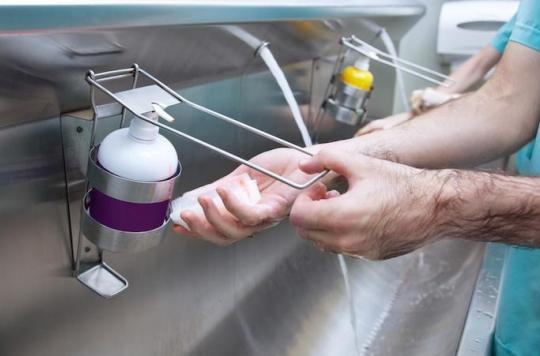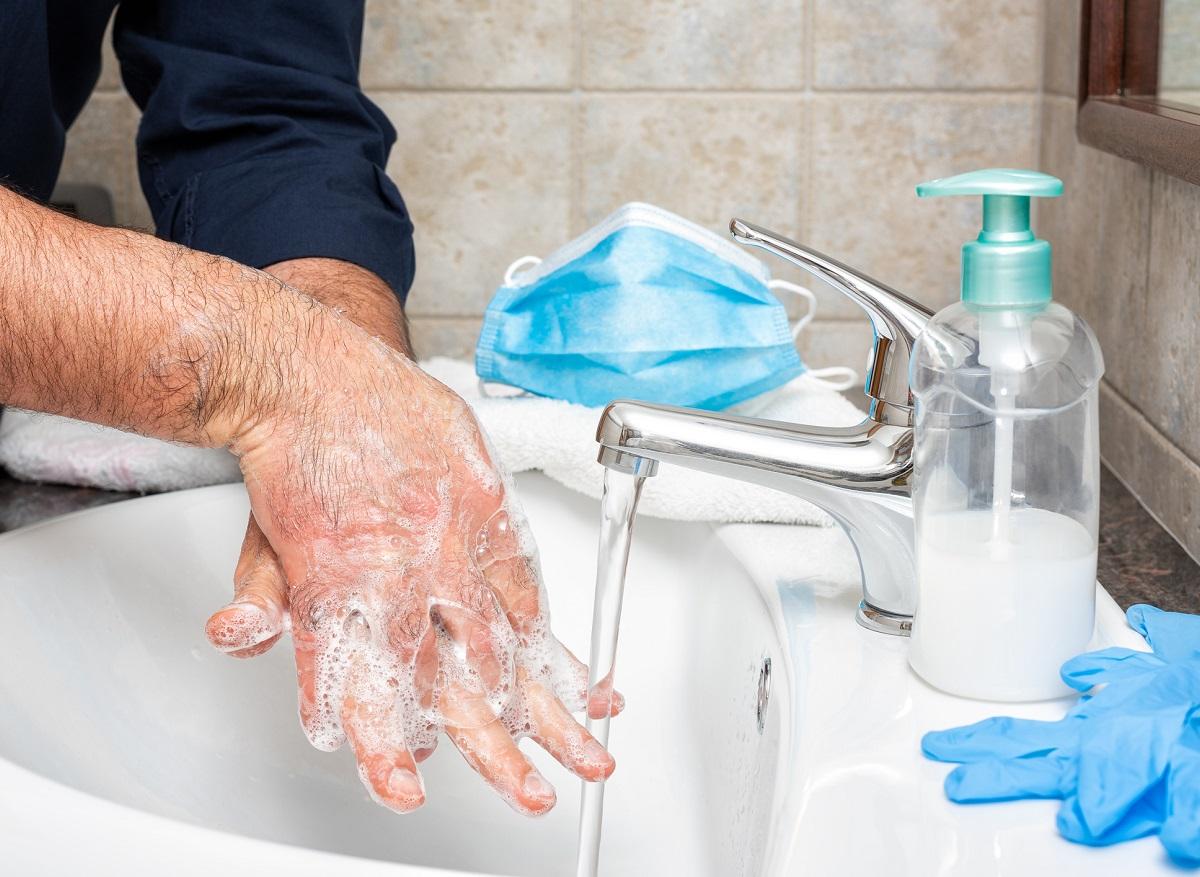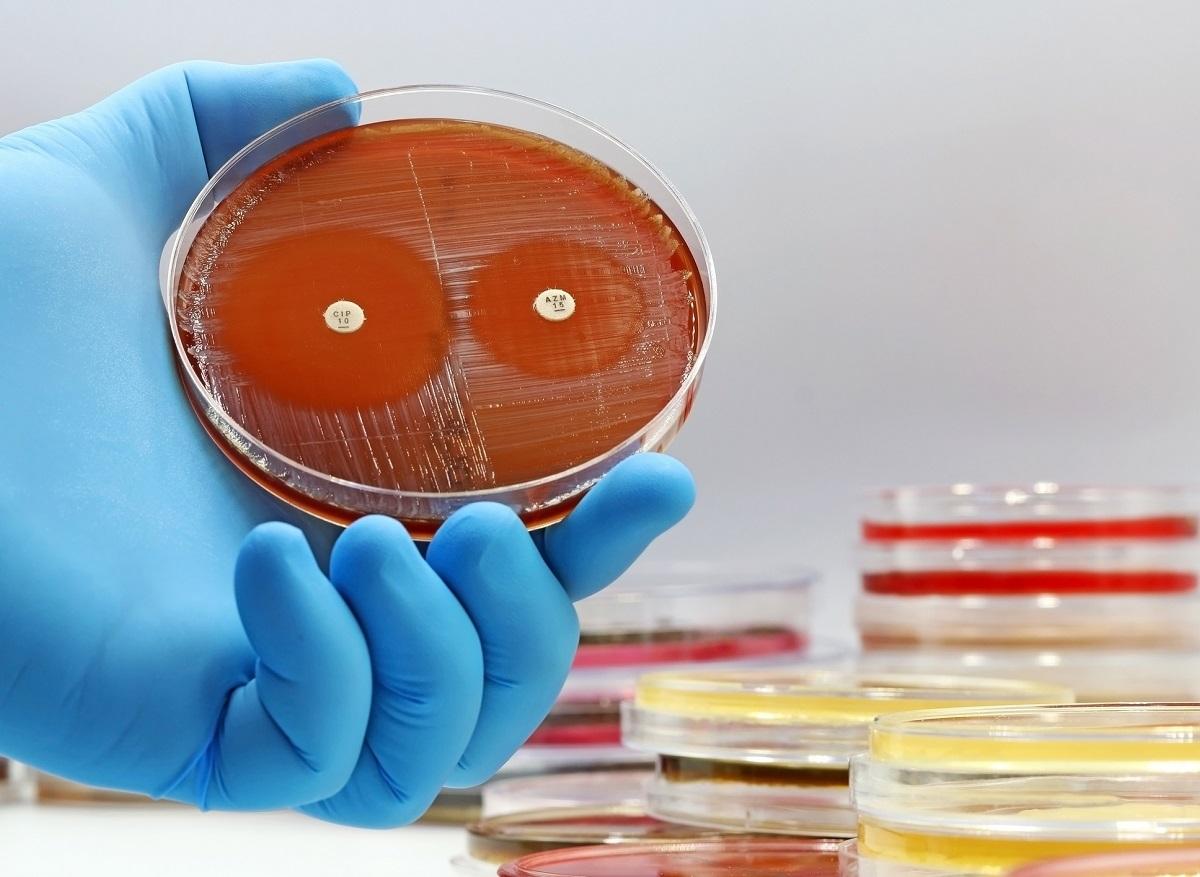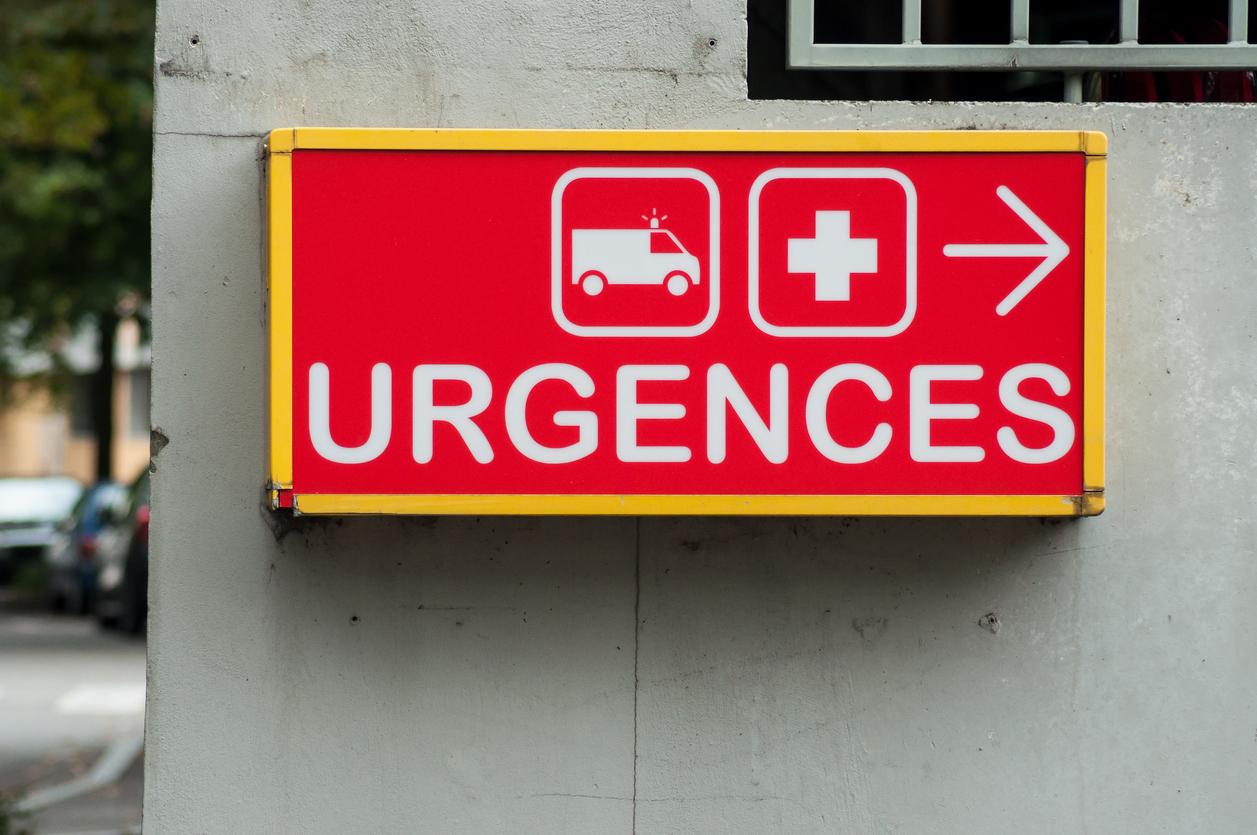A self-disinfecting cloth to be placed on the door handles has been developed. It could improve the prevention of nosocomial infections in the hospital.

Apart from the beds, the fabric has almost disappeared from hospitals. And for good reason: the time is now to the fight against nosocomial infections. Each year, hospitalization results in such an event for 5% of patients.
But an initiative from the University of Leeds (United Kingdom) could mark the return of textiles to the corridors. A prototype, presented in the Journal of Hospital Infection, was developed there. It contains a hydro-alcoholic gel which disinfects the door handles with each use.
1000 pushes maximum
The developed fabric conceals a complete device. Inside the plastic bag are included a reservoir of hydro-alcoholic gel and a membrane made up of valves. Each time the port opens, the device is activated and the gel is sent to the surface of the textile. It disinfects itself, in a way.
In the test phase, the prototype is quite effective. The researchers selected the three bacteria most often involved in nosocomial infections: Staphylococcus aureus (S. aureus), E. coli and E. faecalis. Each time, 72 prototypes were tested and compared to the most used material, aluminum.
Compared to usual surfaces, textiles considerably limit the bacterial population. The reduction is in the order of 90%, according to the tests. The lifespan of this system remains narrow. After 1000 relapses – or about 7 days – the entire device must be renewed.
A complement
This alternative, however, might prove preferable to aluminum – already widely used in hospitals due to its antibacterial properties. Its effectiveness would be equivalent to that of copper, at a much lower cost. But it is possible to do better, according to researchers at the University of Leeds.
In fact, doors are still the weak link in the hygiene chain in hospitals. It must be said that the number of hands which lean on it is considerable … and on this side, the seriousness unsatisfactory.
An additional hydro-alcoholic gel could fill, at least in part, the gap created by the lack of hand hygiene. “A study has shown an inverse correlation between the volume of gel used and the incidence of bloodstream infections with methicillin-resistant Staphylococcus aureus in hospitals in England and Wales,” say the study’s authors. .
A soap not without risk
The goal is not to replace hand washing, but rather to provide a complementary approach. “Discussions with maintenance staff show that door cleaning strategies are in place; a replacement of the handles could therefore be integrated into maintenance practices, ”say the researchers.
Studies have shown it in the past that washing hands is not enough to ensure the safety of hospital patients. Despite the precautions taken by caregivers, resistant bacteria spread even into neonatal services.
But hydro-alcoholic gel is not the ultimate solution either. The US Food and Drug Administration (FDA) recently sounded the alarm by withdrawing from the market several thousand reference. Recalling in passing that if these products are very useful, they are not without risk. And not necessarily more effective than ordinary soap.
.

















